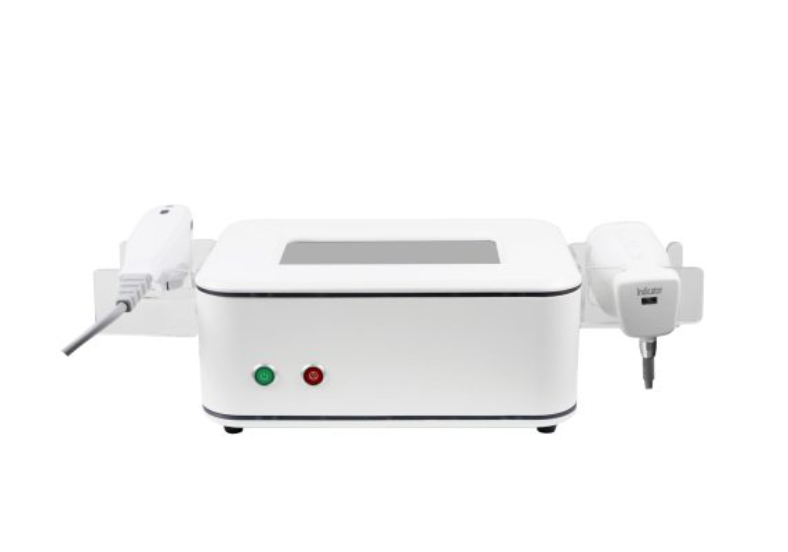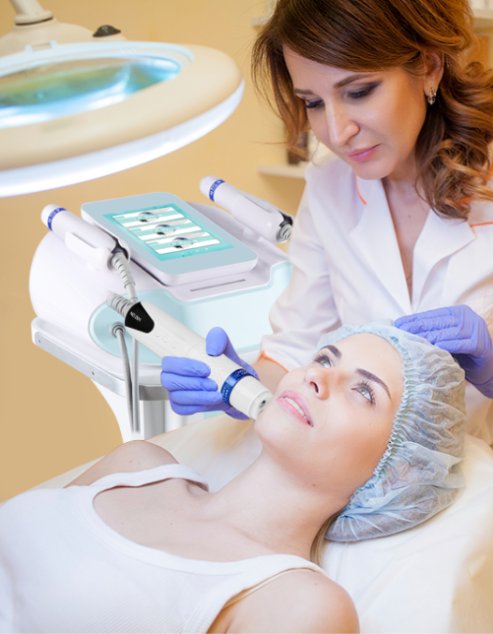
HIFU beauty machine has emerged as a popular non-invasive treatment for skin tightening and rejuvenation. Its ability to deliver focused ultrasound energy deep into the skin makes it a sought-after technology in the aesthetic industry. If you’re considering incorporating HIFU treatments into your practice, understanding how to properly apply a HIFU machine is essential. In this article, we Synogal as a hifu equipment manufacturer since 2011 will provide you with a step-by-step guide on how to apply a HIFU machine for effective and safe treatments.
- Consultation and Assessment
- Pre-Treatment Preparation
- Select Treatment Parameters
- HIFU Application
- Patient Comfort and Monitoring
- Post-Treatment Care
1) Consultation and Assessment:
During the consultation and assessment phase of HIFU treatment, it is important to gather essential information from the client to ensure safe and effective outcomes. Here are the key steps to follow:
Client Interview: Begin by engaging in a comprehensive conversation with the client. Ask about their primary concerns, such as skin laxity, wrinkles, or specific target areas they would like to address. Understand their expectations regarding the results they hope to achieve from the HIFU treatment.
Medical History: Obtain a detailed medical history from the client. Inquire about any existing medical conditions, past surgeries, allergies, or medications they are currently taking. Pay special attention to conditions that might contraindicate HIFU treatment, such as active skin infections, open wounds, or certain medical implants.
Skin Assessment: Evaluate the client’s skin condition to determine its suitability for HIFU treatment. Assess factors such as skin type, elasticity, thickness, and the presence of any visible skin issues such as acne, scars, or pigmentation irregularities. This assessment will help determine if HIFU is the right treatment option or if alternative approaches should be considered.
Treatment Expectations and Limitations: Discuss the potential outcomes of HIFU treatment with the client, setting realistic expectations. Make them aware of the limitations of the procedure, including the number of recommended sessions, the gradual nature of the results, and the need for maintenance treatments over time.
Informed Consent: Clearly explain the HIFU procedure, including its benefits, potential risks, and any post-treatment effects or discomfort that may occur. Provide the client with written information or consent forms to ensure they fully understand the treatment and can provide informed consent.
Photographs and Documentation: Document the client’s baseline condition by taking clear photographs from multiple angles. This will serve as a visual reference for tracking progress throughout the treatment. Additionally, maintain accurate records of the client’s personal information, medical history, and treatment details for future reference.
By conducting a thorough consultation and assessment, you can tailor the HIFU treatment plan to address the client’s specific concerns and ensure their suitability for the procedure. This personalized approach enhances client satisfaction and helps achieve optimal results.
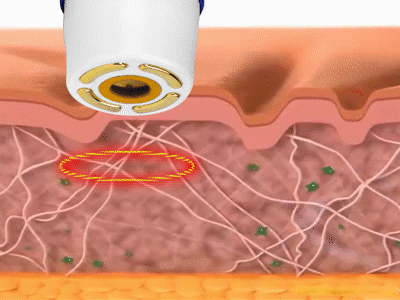
2) Pre-Treatment Preparation
Pre-treatment preparation is a crucial step to ensure the effectiveness and safety of HIFU treatments. Here’s a breakdown of the key elements involved:
Cleanse the Skin: Start by thoroughly cleansing the treatment area to remove any impurities, oils, or makeup. Use a gentle cleanser appropriate for the client’s skin type. This step helps create a clean canvas for the HIFU treatment and promotes better penetration of ultrasound energy.
Remove Makeup, Lotions, and Oils: Ensure that the client’s skin is free from any cosmetics, lotions, or oils. These substances can create a barrier between the HIFU transducer and the skin, hindering the transmission of ultrasound energy. Use suitable makeup removers or wipes to gently remove any residue.
Application of Coupling or Ultrasound Gel: Apply a generous amount of coupling or ultrasound gel to the treatment area. This gel is specifically designed to facilitate the transmission of ultrasound energy and ensure optimal contact between the HIFU transducer and the skin. It helps enhance the efficiency and effectiveness of the treatment.
Gel Selection: Choose a high-quality coupling or ultrasound gel that is recommended by the HIFU machine manufacturer. Different machines may have specific gel requirements, so refer to the manufacturer’s guidelines for the appropriate gel to use. Avoid using substitutes or alternatives that may not provide the same level of conductivity.
Gel Application Technique: Use gentle, circular motions to evenly distribute the gel over the treatment area. Ensure that the entire area to be treated is covered with a smooth and consistent layer of gel. The gel acts as a medium for the transmission of ultrasound waves and helps prevent discomfort or friction during the treatment.
Patient Comfort: Throughout the pre-treatment preparation, prioritize the comfort of the client. Communicate with the client, address any concerns they may have, and ensure they are relaxed and prepared for the procedure.
By following these pre-treatment preparation steps, you create an optimal environment for the HIFU treatment. Clean and prepared skin, along with the use of coupling or ultrasound gel, allows for effective transmission of ultrasound energy and ensures a comfortable and efficient treatment experience for the client.
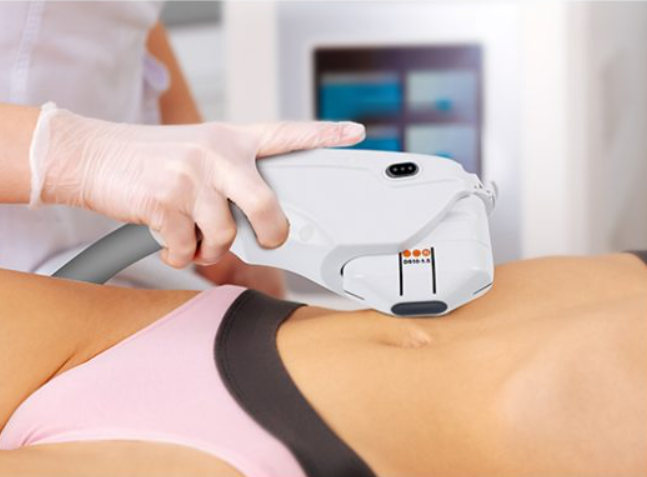
3)Select Treatment Parameters
Selecting the appropriate treatment parameters is a crucial step in performing HIFU (High-Intensity Focused Ultrasound) treatments. These parameters determine the energy intensity, treatment depth, and spacing between treatment points, among other factors. Here’s a guide to help you select the right treatment parameters:
Consult Manufacturer’s Guidelines: Begin by referring to the manufacturer’s guidelines and instructions for the specific HIFU machine you are using. Manufacturers often provide recommended treatment parameters based on their device’s capabilities and optimal treatment outcomes.
Client Assessment: Consider the client’s individual needs, skin condition, and treatment goals. Assess the target area(s) and determine the appropriate treatment depth required to address the specific concerns. For example, different treatment depths may be needed for facial skin tightening compared to body contouring.
Energy Intensity: Adjust the energy intensity level based on the desired treatment outcome and the client’s comfort. Higher energy levels can lead to more significant results but may also increase the likelihood of temporary discomfort. It is essential to find a balance between achieving optimal results and maintaining client comfort during the treatment.
Treatment Depth: Depending on the HIFU machine, you may have the option to select different treatment depths. Consider the specific concerns you are targeting and adjust the treatment depth accordingly. For example, deeper treatment depths may be necessary for addressing skin laxity and tightening, while shallower depths can be effective for addressing fine lines and wrinkles.
Spacing Between Treatment Points: Determine the appropriate spacing between treatment points based on the area being treated and the desired coverage. The spacing will vary depending on the HIFU machine and the treatment protocol you are following. Ensure adequate overlap between treatment areas to achieve uniform results.
Adjustments for Skin Thickness and Sensitivity: Take into account the client’s skin thickness and sensitivity when selecting treatment parameters. Thicker skin may require higher energy levels, while more sensitive skin may necessitate lower energy levels to avoid discomfort or adverse reactions.
Experience and Feedback: As you gain experience with HIFU treatments, you will develop a sense of which treatment parameters work best for different clients and target areas. Pay attention to client feedback and adjust the parameters accordingly to optimize treatment outcomes and client satisfaction.
Always follow the manufacturer’s guidelines and recommendations for your specific HIFU machine. Additionally, ongoing education and training in HIFU technology will help you refine your skills in selecting the most suitable treatment parameters for each client, ensuring safe and effective treatments.
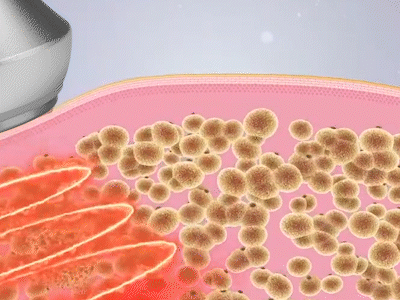
4) HIFU Application:
HIFU (High-Intensity Focused Ultrasound) application involves the actual delivery of focused ultrasound energy to the target area for skin tightening and rejuvenation. Here is a step-by-step guide on how to apply HIFU:
Preparing the Client and Treatment Area:
Ensure the client is comfortable and positioned appropriately for the treatment.
Cleanse the treatment area to remove any residue or impurities.
Apply a coupling or ultrasound gel to the treatment area to facilitate the transmission of ultrasound energy and ensure proper contact between the HIFU transducer and the skin.
Positioning the HIFU Transducer:
Align the HIFU transducer over the treatment area. The transducer emits focused ultrasound waves that penetrate deep into the skin.
Apply gentle pressure to ensure good contact between the transducer and the skin surface.
Activating the HIFU Machine:
Activate the HIFU machine according to the manufacturer’s instructions.
Select the appropriate treatment parameters, such as energy intensity and treatment depth, based on the client’s needs and the desired outcome.
Performing the Treatment:
Start delivering the focused ultrasound energy in a systematic pattern, typically starting from one end of the treatment area and moving methodically across.
Move the transducer in a slow and controlled manner to ensure even coverage of the target area.
Depending on the machine and treatment protocol, the transducer may be applied in overlapping or slightly spaced-out passes to achieve consistent results.
Monitoring and Adjusting:
Throughout the treatment, monitor the client’s comfort level and adjust the energy intensity if needed.
Communicate with the client to ensure they are not experiencing excessive discomfort or pain. Some discomfort may be expected, but it should be manageable and tolerable for the client.
Treating the Entire Area:
Continue treating the entire targeted area, paying attention to the specific concerns or areas of focus discussed during the consultation.
Ensure that all desired treatment points are covered, taking into account the appropriate spacing between treatment points.
Post-Treatment Care:
Once the treatment is complete, remove any excess gel from the skin.
Provide post-treatment instructions to the client, which may include recommendations for skincare products, sun protection, and any precautions or restrictions they should follow.
Remember to follow the specific guidelines provided by the manufacturer of the HIFU machine you are using. It is crucial to receive proper training on the device and adhere to established treatment protocols to ensure safe and effective HIFU application.
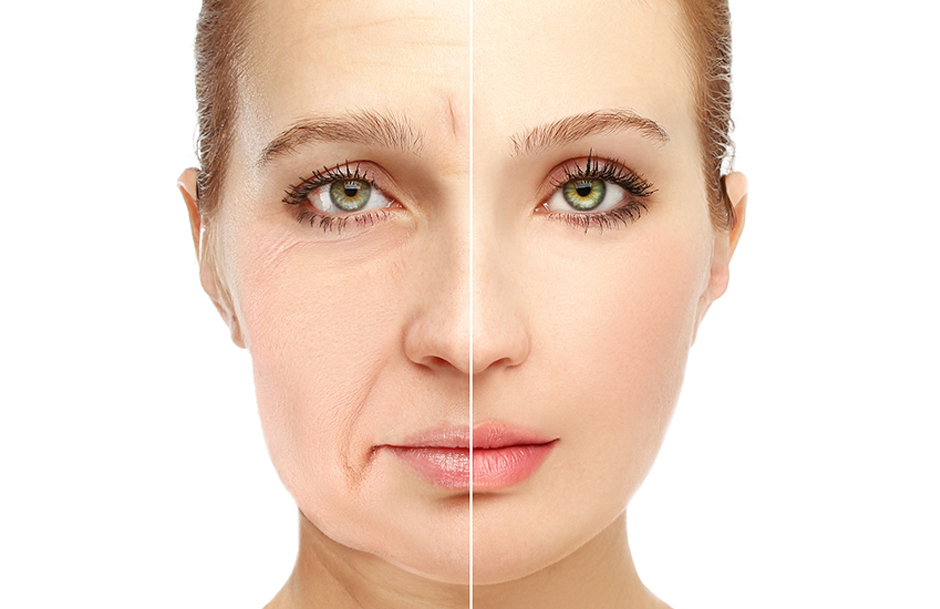
5)Patient Comfort and Monitoring
Patient comfort and monitoring are essential aspects of any HIFU (High-Intensity Focused Ultrasound) treatment. Ensuring the comfort and well-being of the patient throughout the procedure contributes to a positive treatment experience. Here are some key considerations for patient comfort and monitoring:
Communication: Establish clear and open communication with the patient before, during, and after the treatment. Address any concerns or questions they may have, and explain the steps of the procedure to alleviate any anxiety or uncertainty.
Pre-Treatment Preparation: Take measures to optimize patient comfort during the pre-treatment phase. Ensure the treatment room is at a comfortable temperature, provide a clean and inviting environment, and offer amenities such as a comfortable treatment bed or chair.
Pain Management: HIFU treatments can sometimes cause mild discomfort or a warm sensation during the delivery of ultrasound energy. Monitor the patient’s comfort level throughout the procedure and address any discomfort promptly. Some HIFU machines have built-in cooling mechanisms or numbing features that can enhance patient comfort during treatment.
Adjusting Energy Levels: If the patient experiences excessive discomfort during the treatment, consider adjusting the energy intensity level of the HIFU machine. Lowering the energy intensity can help manage discomfort while still achieving effective results. Continuously communicate with the patient to assess their comfort and make necessary adjustments.
Monitoring Skin Reactions: Observe the patient’s skin during and after the treatment for any adverse reactions or unexpected responses. Look for signs of redness, swelling, or irritation. Promptly address any concerns and provide appropriate post-treatment care instructions to mitigate any potential discomfort or side effects.
Post-Treatment Assessment: After completing the HIFU treatment, evaluate the patient’s overall experience and comfort level. Inquire about any immediate sensations or discomfort they may be feeling. Address any questions they have regarding post-treatment care and provide detailed instructions to ensure proper healing and optimal results.
Follow-Up and Support: Schedule follow-up appointments as needed to monitor the patient’s progress and address any post-treatment concerns. Offer ongoing support and guidance, and be available to answer any questions or address any issues that may arise during the healing process.
By prioritizing patient comfort and closely monitoring their well-being throughout the HIFU treatment, you can enhance their overall satisfaction and ensure a positive treatment outcome. A supportive and attentive approach contributes to a positive patient experience and fosters long-term relationships with your clients.

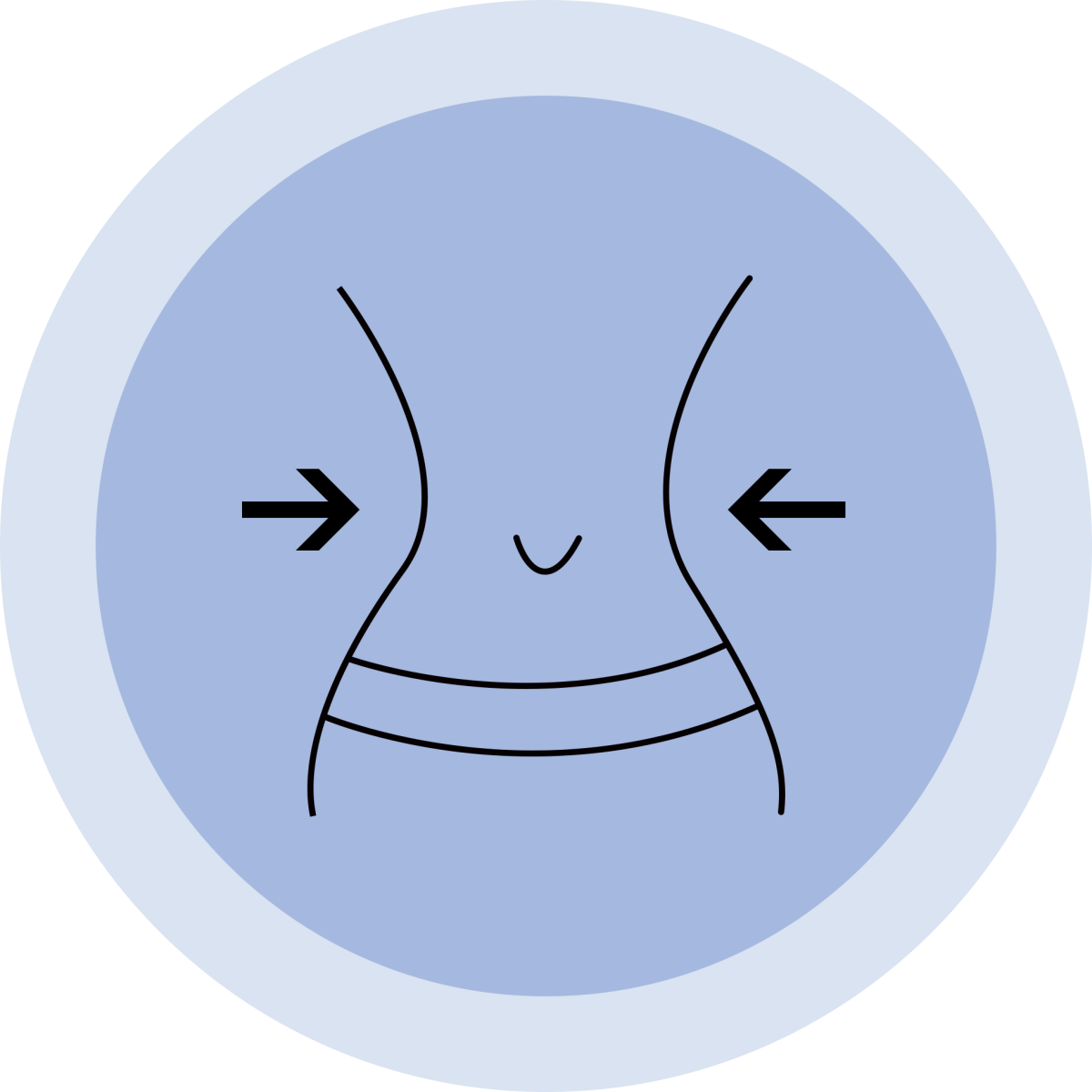
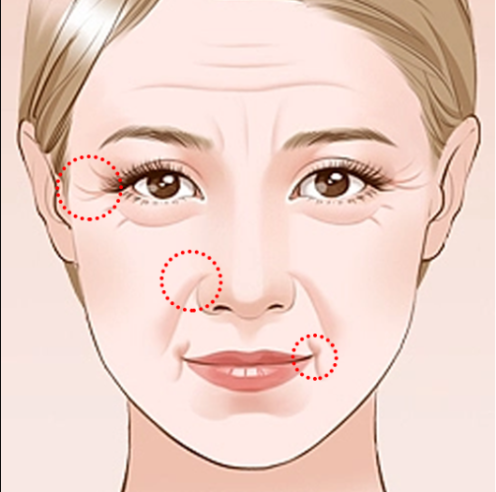
6)Post-Treatment Care
Post-treatment care is crucial for maximizing the benefits of HIFU (High-Intensity Focused Ultrasound) treatments and promoting optimal healing. Here are some important considerations for post-treatment care:
Cooling and Soothing the Skin: Immediately after the HIFU treatment, apply a cool compress or cooling gel to the treated area to help soothe any potential redness or discomfort. Cooling the skin can also help reduce swelling and inflammation.
Avoid Sun Exposure: Advise the patient to avoid direct sun exposure for a few days following the treatment. The skin may be more sensitive to sunlight, and sunburn can hinder the healing process and potentially lead to complications. Recommend the use of broad-spectrum sunscreen with a high SPF to protect the treated area if sun exposure cannot be avoided.
Gentle Cleansing: Instruct the patient to clean the treated area gently using a mild cleanser or the one recommended by the healthcare professional. Avoid scrubbing or using harsh products that can irritate the skin. Pat the skin dry with a clean towel instead of rubbing.
Moisturization: Emphasize the importance of keeping the skin well-hydrated. Recommend the use of a gentle, non-irritating moisturizer suitable for the patient’s skin type. Regular moisturization can help restore and maintain the skin’s natural moisture barrier, promoting healing and preventing dryness.
Avoid Harsh Skincare Products: Encourage the patient to avoid using harsh exfoliants, retinol, or acidic skincare products immediately after the treatment. These products can potentially irritate the skin or interfere with the healing process. It is best to consult with a healthcare professional for guidance on when it is safe to resume the use of such products.
Patience with Results: Explain to the patient that HIFU results are typically gradual and may take some time to become noticeable. It is important to set realistic expectations and remind the patient that improvements will continue to develop over the following weeks as collagen production increases and the skin rejuvenates.
Follow-Up Appointments: Schedule follow-up appointments to assess the patient’s progress and provide any necessary touch-up treatments or additional guidance. Regular monitoring allows for proper evaluation of the treatment’s effectiveness and ensures that the patient’s needs are being addressed.
Open Communication: Encourage the patient to contact you if they have any concerns, questions, or unexpected reactions during the healing process. Be responsive and provide appropriate guidance and support throughout the post-treatment phase.
By providing comprehensive post-treatment care instructions and maintaining open communication with the patient, you can help ensure their comfort, support the healing process, and optimize the results of the HIFU treatment.

